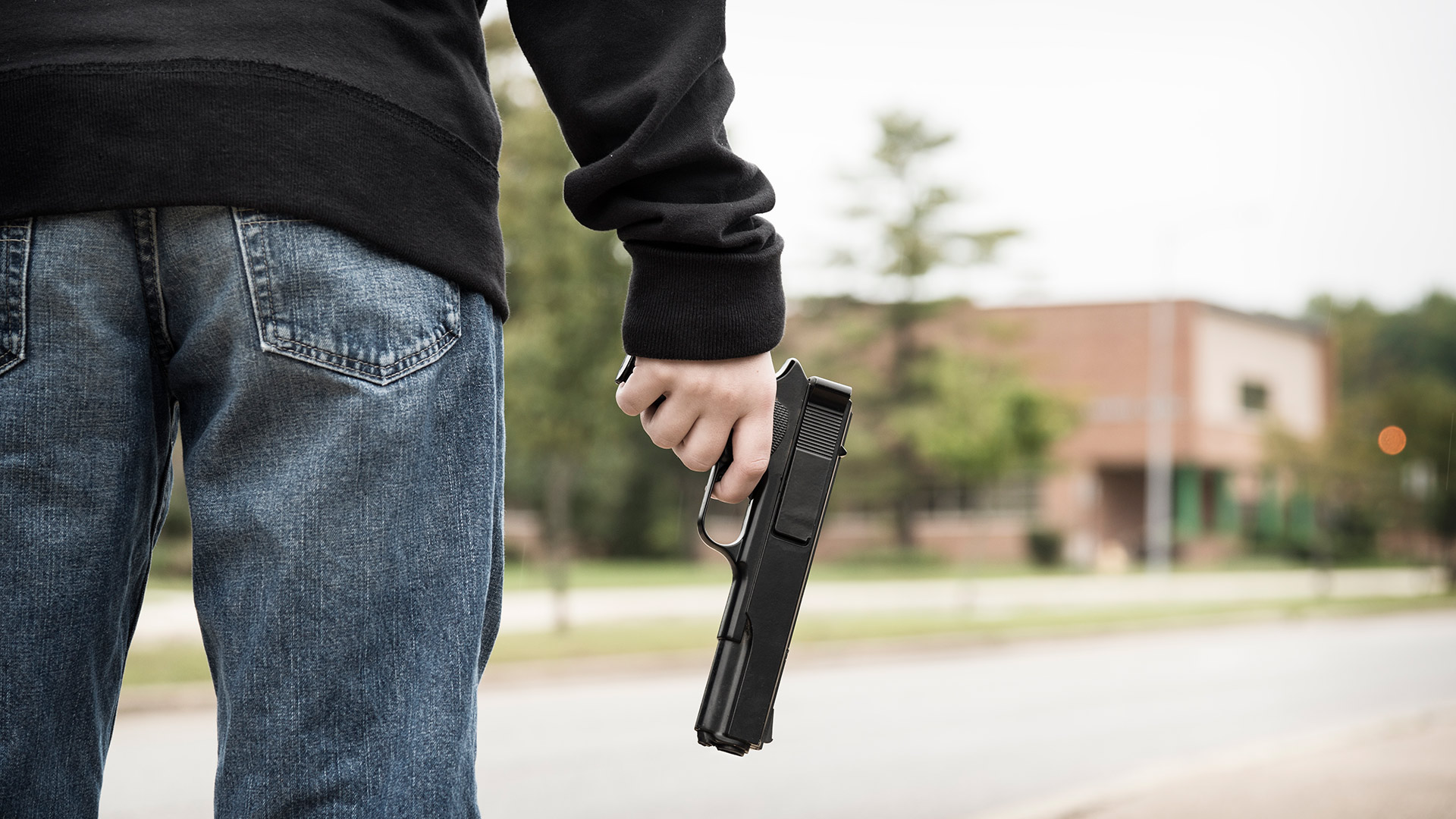
Teen shootings and gun violence in schools in New York City are on the rise despite efforts by the NYPD to reduce the number of incidents.
In January, the department launched a new safety initiative that included stationing police officers in areas frequented by youths, such schools. The department also established connections with school officials and closely tracked youth events with a history of trouble.
Despite these measures, in the first two months of 2023, 21 juveniles were shot, according to NYPD data obtained by the New York Post.
For comparison, there were 17 shootings in the same period in 2022 and 10 in 2021.
Experts and advocates have suggested that more needs to be done to reduce teen shootings in the city. Some have recommended increasing the number of school safety officers, while others have called for the resurrection of more aggressive plainclothes anti-crime units that previously aimed to get guns off the streets.
The NYPD has already sent police to cover schools, including four youth coordination officers per precinct, which is about 300 additional cops citywide. The department is currently focusing on addressing violence at 75 to 80 schools with the highest rates of gun and other violence, according to police data.
The number of juveniles shot in New York City, however, has continued to surge; children wounded by gunfire in 2022 was 149, compared to 138 in 2021 and 125 in 2020.
These numbers are significantly higher than the pre-pandemic levels, which recorded only 63 juveniles shot in 2018 and 64 in 2019.
In addition, police say teen shootings are rising despite a fall in overall shootings across the city.
The NYPD has since blamed New York’s “Raise the Age” law for the bloodshed. The law, passed in 2017, requires 16- and 17-year-olds charged with nonviolent felonies to be tried as juveniles. It also grants judges the authority to send violent crime cases to family court.
“More young kids are getting shot,” an NYPD spokesperson said. “More young kids are shooters. And what’s the reason? The consequences are minimal for some of the kids that need to be taken off the street.”
Parent advocate Mona Davids, head of the NYC School Safety Coalition, recently called for greater police officer presence at schools and for the state to address its soft bail reform laws.
“That’s why these kids are wilding out, because there are no consequences,” she said. “They know that because the gang leaders and the other gang members tell them this — they know the current laws protect the criminals.”
Davids says that juvenile violence won’t stop until more cops are dedicated to schools and the laws are changed.
According to the NYPD, the number of city school resource officers has plummeted nearly 25% from pre-pandemic levels despite the rise in violence around schools.
Union officials said school safety officers have been reduced from 5,000 a year ago to about 3,500 at their current level.
One veteran safety agent claimed the safety division has been hampered by personnel cuts, allowing the situation to get “completely out of control.”
“This problem could be fixed by two things: Getting more school safety agents and paying them what they’re worth,” the 20-year veteran explained.
Michael Alcazar, a retired NYPD detective and adjunct professor at John Jay College of Criminal Justice in Manhattan, said it might be time to bring back plainclothes anti-crime units, which were disbanded in 2020 because police officials said the officers were involved in a disproportionate number of complaints and shooting incidents.
Mayor Eric Adams brought back the undercover units in January, but they now have to wear body cameras and police uniforms.
However, Alcazar thinks that this is not enough. “They’re going to have to bring back plainclothes police officers — I think it’s an invaluable tool when done correctly,” he said. “Having essentially uniformed police officers playing the role of anti-crime is not as effective. The bad guys, the criminals, know what to look for.”





